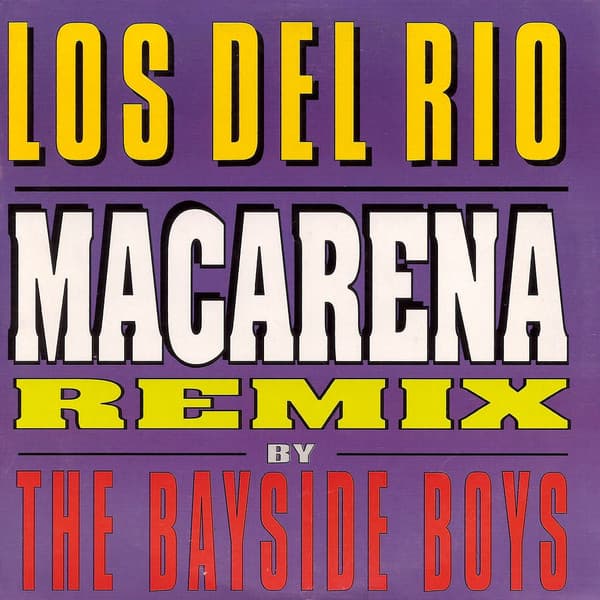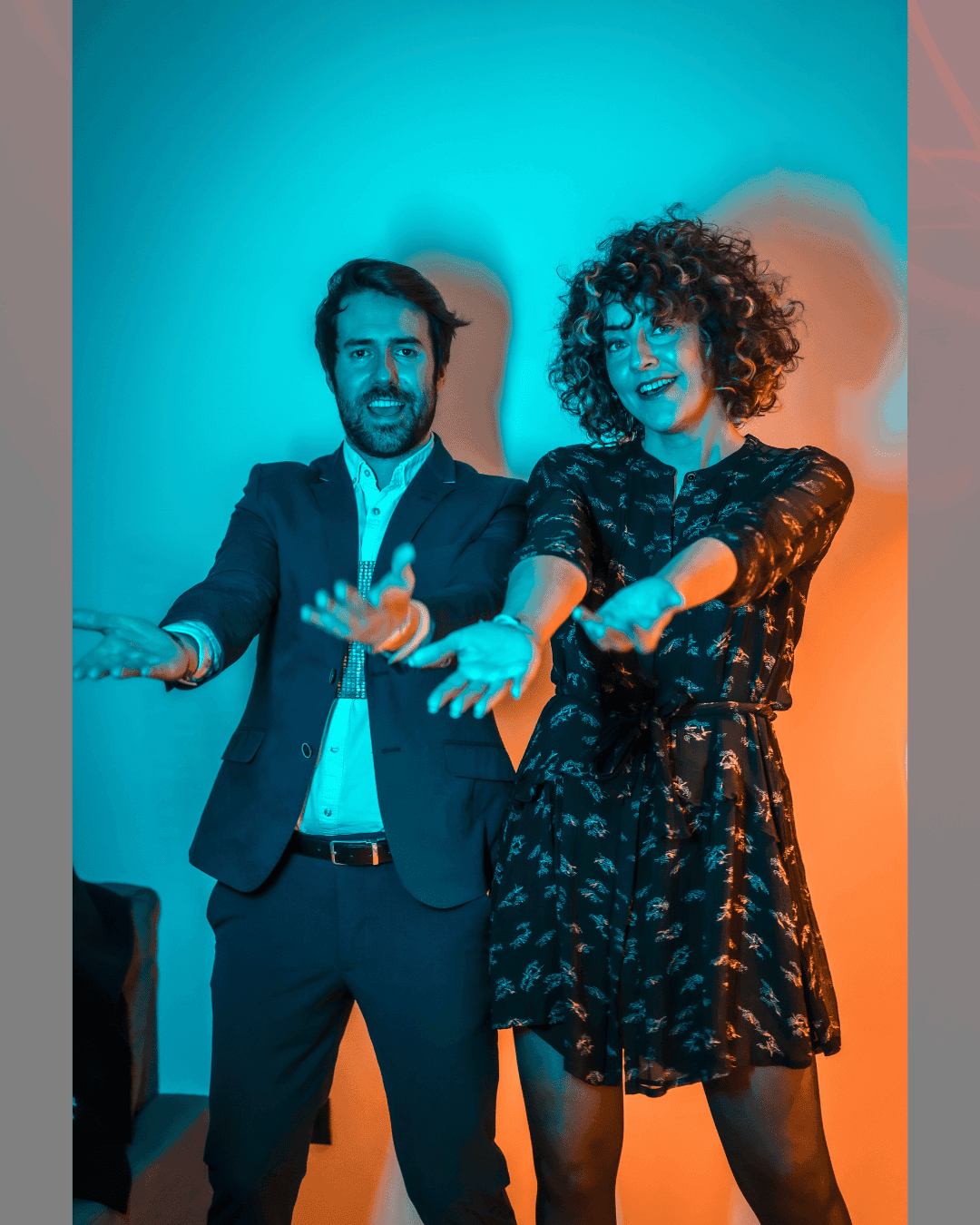The Official Home of the Macarena
The song and dance that changed the media landscape forever. Join millions worldwide in celebrating the cultural phenomenon that transcended languages, generations, and continents. If you came here for the Macarena lyrics, you're in the right place.

Song Lyrics
Give your body joy Macarena
That your body is to give you joy and good thing
Give your body joy, Macarena
Hey Macarena
(...dale a tu cuerpo alegría, Macarena...)
Cultural Impact
The Dance That United the World
Though the original version debuted in 1993, it wasn't until the song received English lyrics in 1995 that the Macarena truly exploded onto the global stage. Within a year, it inspired a viral international dance craze, before social media even existed.
The Macarena instantly became one of the most famous dance songs in the world when Los del Río released the English version on August 15, 1995. If you are curious about the origins, read our complete history of the Macarena, which covers the journey from Seville to the Super Bowl.
- Chart Domination. The song spent 14 consecutive weeks at #1 on the Billboard Hot 100, a feat matched by only three other songs in history.
- Record-Breaking Sales. With over 11 million copies sold by 1997, it became the best-selling debut single of all time in American music history.
- Global Recognition. VH1 ranked it as the "#1 Greatest One-Hit Wonder of all Time" in 2002.
The song's impact extended far beyond the charts. In 1996, a crowd of 50,000 people at Yankee Stadium set what many believe to be a world record for group dancing, all moving in perfect synchronization to those iconic nine steps.
Breaking Records and Making History
The Macarena's journey is a testament to the power of music to transcend cultural boundaries. Originally recorded in 1992 and released in 1993 as a rumba, it went through six different versions before achieving its final, world-conquering form.
"We never imagined that a simple song about a girl named Macarena would unite people across the world. Even today, the royalties exceed six figures annually; it's a blessing that keeps on giving."
Today, the Macarena ranks at #5 on Billboard's All-Time Top 100 and holds the #1 spot on Billboard's All-Time Latin Songs list. Musicians and students still study the track today; you can even learn the Macarena chords to play it yourself.

The Digital Renaissance
While the Macarena's popularity naturally waned in the early 2000s, the emergence of social media platforms breathed new life into this classic. The 2019 "Macarena Challenge" on TikTok introduced a whole new generation to the dance, with celebrities and influencers putting their own spin on the iconic moves.
Search #macarenachallenge on any social platform, and you'll find thousands of creative interpretations from traditional renditions to innovative remixes. Flash mobs continue to emerge on every continent, proving that the Macarena's ability to unite people through dance remains as strong as ever.
Learn the Dance
Master the nine iconic moves that defined a generation. It's easier than you think!
- 1Arms Forward
Extend your right arm forward, palm down. Then extend your left arm forward, palm down.
- 2Cross Shoulders
Place your right hand on your left shoulder, then your left hand on your right shoulder.
- 3Hands Behind Head
Place your right hand behind your head, then your left hand behind your head.
- 4Hands on Hips
Move your right hand to your left hip, then your left hand to your right hip.
- 5Hip Rotation
Rotate your hips in a circular motion while keeping your hands on your hips.
- 6Jump & Turn
Jump and turn 90 degrees to your right. Repeat the entire sequence!